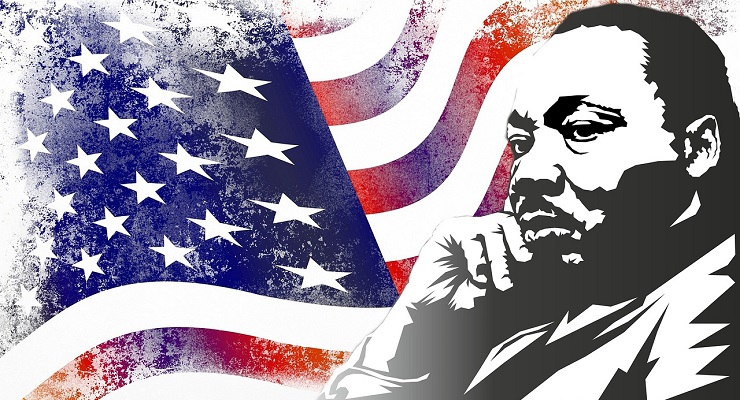
This explainer is published by Democracy Docket. Here is an excerpt:
Almost 60 years ago, on August 28, 1963, hundreds of thousands of Americans came together for the March on Washington for Jobs and Freedom. Led by civil rights giants like Martin Luther King Jr. and John Lewis, the March was a catalyst for action on federal civil and voting rights legislation. With the anniversary of this historic event approaching, we’re looking back at what happened at the March on Washington, how federal legislation to protect voting rights has progressed since then and how to fight back as Republicans continue their attacks on voting decades later.
The March on Washington made history.
The March on Washington was not the first mass rally organized to fight for civil rights for Black Americans. Throughout the 1950s, civil rights groups planned marches and protests in the nation’s capital to fight for better jobs, desegregation, voting rights and much more. Many of these efforts were successful, but some were canceled before their scheduled date because the promise of such a popular showing was enough political pressure to spur legislative action from the White House. But by 1963, there were still significant economic and democratic barriers facing Black Americans, especially in the highly segregated South, and Martin Luther King Jr. agreed to join other civil rights activists for a planned march.
The March had a list of clearly stated demands for the government. Among them were “a comprehensive civil rights bill” and “protection of the right to vote,” goals that drew many organizations to co-sponsor the March, including the NAACP and the United Auto Workers. More than 200,000 marchers joined the protest on August 28, which culminated with King’s deliverance of his “I Have a Dream” speech from the steps of the Lincoln Memorial. After the March, President John F. Kennedy and Vice President Lyndon Johnson met with King and other organizers. The Civil Rights Act of 1964 and the Voting Rights Act of 1965 (VRA) were responses to the demands of the March, and an effort by the federal government to improve the issues of discrimination, segregation and disenfranchisement that King highlighted in his speech.
Read the full article here.
Leave a Reply